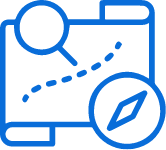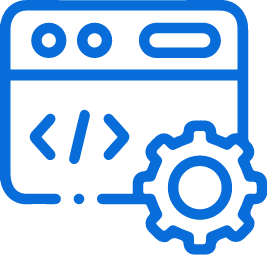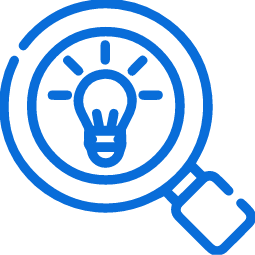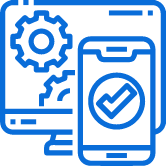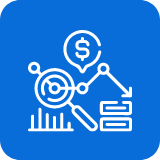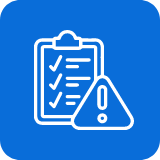METODOLOGÍA
Dual Track
Dual Track es una metodología avanzada de gestión de proyectos de desarrollo de software que aborda la complejidad de equilibrar la adaptación a cambios y la entrega eficiente de productos.
Esta metodología permite una adaptación continua a medida que se obtiene nueva información, reduciendo riesgos, mejorando la calidad del producto y aumentando la satisfacción del cliente al garantizar que el producto entregado responda realmente a las necesidades de los usuarios.
Consiste en dos "tracks" principales:
Track de Discovery
Se enfoca en la investigación profunda de las necesidades de los usuarios y el mercado, generando hipótesis y validándolas antes de definir las características del producto.
Track de Delivery
Se centra en la ejecución ágil, construyendo el producto basado en las especificaciones claras proporcionadas por el Track de Discovery .
Metodología Dual Track
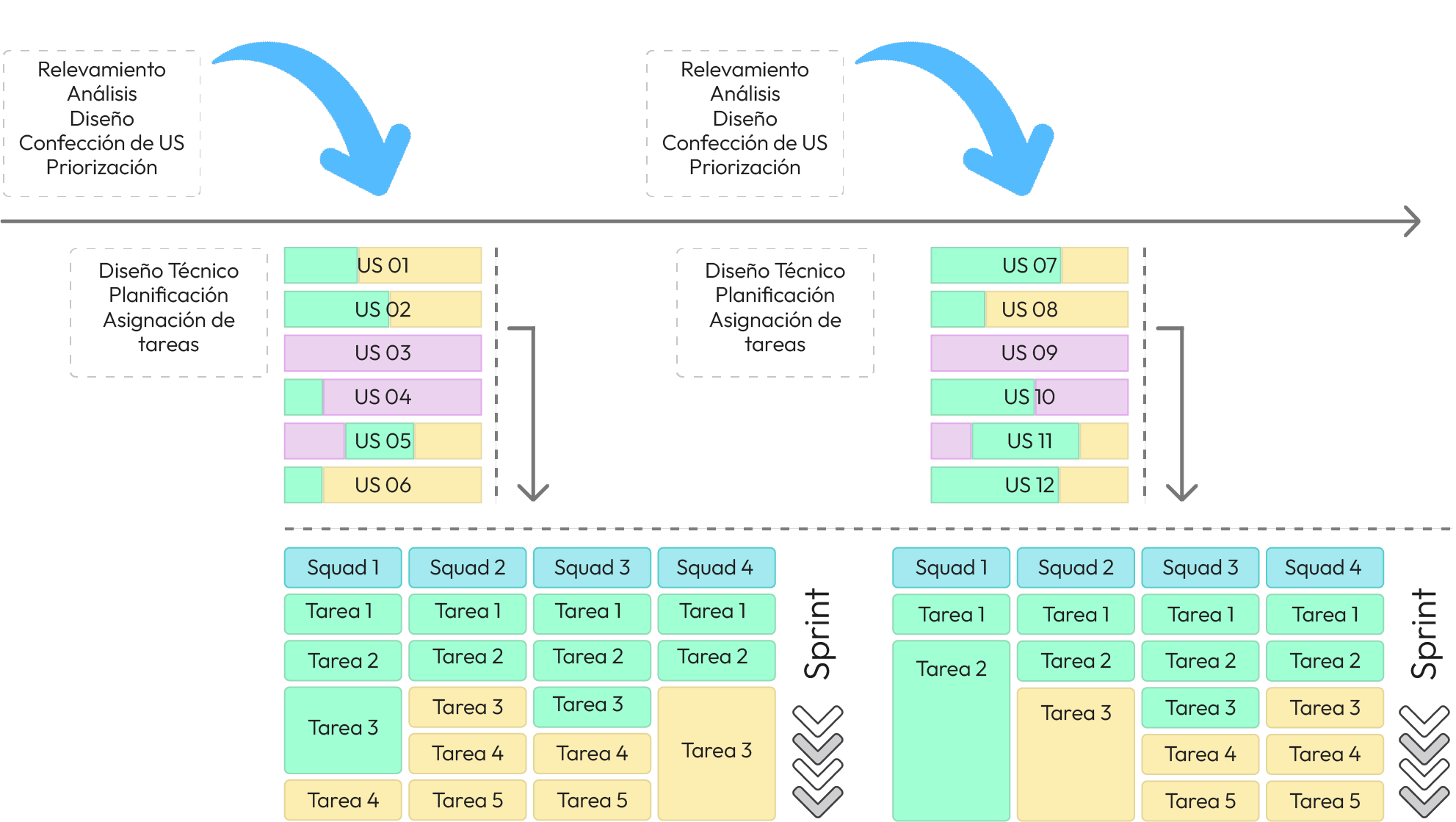
¿Cómo trabajan los tracks?
Los dos tracks, Discovery y Delivery, trabajan en paralelo de manera coordinada pero con diferentes enfoques y objetivos. Es fundamental comprender cómo operan en tándem:
Track de Discovery
Este track se enfoca en la investigación, la comprensión de las necesidades de los usuarios y la definición de las características del producto, antes de comprometerse con la construcción. Inicia antes del Track de Delivery y continúa durante todo el proyecto.
Los Roles más importantes durante su ejecución son el Product Owner, los Analistas Funcionales y de Negocio, Diseñadores UX/UI.
Los Entregables son: Historias de Usuario, Wireframes de pantallas, User Journey Map, Roadmap del producto.
Track de Delivery
Este track se concentra en la construcción y desarrollo del producto. Comienza después de que se hayan establecido las especificaciones y las prioridades en el Track de Discovery, con el equipo de desarrollo trabajando de acuerdo con los requisitos definidos.
Los Roles más importantes durante su ejecución son Scrum Master, Arquitecto Técnico, Líderes Técnicos, Desarrolladores, Analistas QA.
Los Entregables son: Sprint Backlog, Sprint Plan, Código Fuente, Documentación Técnica, Resultado de Pruebas y Calidad.
Si bien estos dos tracks operan en paralelo, hay una comunicación constante y un flujo de información entre ellos. A medida que se obtiene nueva información y se validan hipótesis en el Track de Discovery, es posible que se realicen ajustes en las prioridades y las especificaciones en el Track de Delivery para reflejar estos cambios. Esto permite una adaptación continua y un enfoque en la entrega de un producto que esté alineado con las expectativas del usuario.
¿Cuándo seleccionamos esta metodología?
Elegiremos el uso de la metodología Dual Track dependiendo de la naturaleza del proyecto y de los objetivos específicos que se deseen lograr.
En contraste, Scrum es más adecuado en situaciones donde los requisitos son relativamente claros desde el principio, el enfoque principal es en la entrega iterativa y rápida, y la incertidumbre es baja o puede ser gestionada a medida que avanza el proyecto.
Proyectos con Incertidumbre inicial alta
Dual Track es preferible cuando se enfrenta a proyectos donde la incertidumbre sobre las necesidades de los usuarios y las condiciones del mercado es alta al principio. La investigación en el Track de Discovery ayuda a reducir esta incertidumbre antes de entrar en el desarrollo.
Enfoque en la Innovación
Si el objetivo principal es fomentar la innovación y la creación de productos altamente centrados en el usuario, Dual Track proporciona un marco sólido para la exploración y la generación de nuevas ideas.
Productos de Mercado Altamente Cambiantes
Cuando el mercado o las condiciones competitivas cambian con frecuencia, Dual Track permite una adaptación continua y una alineación constante con esas cambiantes realidades.
Reducción de Riesgos
Para proyectos donde la mitigación de riesgos tempranos es fundamental, Dual Track es beneficioso, ya que la investigación en el Track de Discovery ayuda a identificar y abordar riesgos antes de invertir recursos significativos en desarrollo.

En conclusión:
En Midas tenemos una amplia experiencia en metodologías ágiles puesta al servicio de nuestros clientes y somos flexibles en su aplicación, adaptando nuestra forma de trabajo a la metodología que mejor se ajuste a las necesidades del proyecto y que nos permita cumplir los objetivos del negocio.
